by Eric Meier
In the process of identifying wood, things can get a bit overwhelming when faced with the hundreds and hundreds of possible species. Yet in the context of everyday woods that most people in the United States or Canada are likely to encounter, the list of possible woods is usually much shorter. This article is meant to act as sort of a “Cliffs Notes” to help address the most common (and hopefully, obvious) questions of wood identification.
1. OakComments: This wood is everywhere! Chances are, there’s something made of this wood within a stone’s throw of where you’re sitting right now. It’s used for cabinets, furniture, flooring, trim, doors, and just about anything else that can be made of wood! It’s very frequently stained a medium reddish brown, so it may look slightly darker than the raw sample pictured to the left. Lookalikes: Ash (lacks the prominent rays that are found in oak). Also, see the article on Distinguishing Red Oak from White Oak. |
|
2. MapleComments: This light-colored wood is seen almost as frequently as oak, and is usually not stained a dark color, but is kept a natural whitish-cream or sometimes stained an amber-yellow. It’s commonplace in furniture, flooring, trim, and in places where a pale, light-colored wood is needed. Quartersawn pieces with a freckled appearance are commonly used in countertops and butcher blocks. Lookalikes: Birch (generally has narrower rays than those found in maple). Pine (generally much lighter and softer than maple, and with more conspicuous color in the growth rings). Also, see the article on the Differences Between Hard Maple and Soft Maple. |
|
3. WalnutComments: The real deal. Walnut is unique in that it is one of the only woods that is naturally rich, deep chocolate brown (though it can sometimes be slightly lighter as well). It’s almost never stained, and is very popular for use in furniture. It’s also not uncommon to see walnut used in veneered pieces as well. Lookalikes: Mahogany (sometimes it’s stained very dark and the color can appear very similar to walnut). Butternut (sometimes called “White Walnut,” it’s related to walnut, but is paler in color and very lightweight). |
|
4. CherryComments: The subtle reddish brown appearance of cherry is usually seen on fine furniture and trim. It’s also not uncommon to see cherry used in veneered pieces as well. Along with Black Walnut it’s one of the premier hardwoods in the United States. It’s sometimes stained just slightly darker to give it a more aged appearance. Lookalikes: Poplar (stained poplar can be almost impossible to tell apart from cherry). |
|
5. BirchComments: Most commonly seen as plywood. Birch also tends to pop up in furniture and millwork too. Lookalikes: Maple (generally has wider rays than those found in birch). Cherry (the grain patterns are very similar, and if the birch is stained, it can be difficult to tell apart from cherry). |
|
6. PoplarComments: This is an inexpensive utility hardwood that’s used in a number of applications, such as upholstered furniture frames, veneer, and is also stained to mimic other more costly hardwoods. Lookalikes: Cherry (if poplar has been stained, it’s almost impossible to tell apart from cherry) |
Get the hard copy
 If you’re interested in getting all that makes The Wood Database unique distilled into a single, real-world resource, there’s the book that’s based on the website—the Amazon.com best-seller, WOOD! Identifying and Using Hundreds of Woods Worldwide. It contains many of the most popular articles found on this website, as well as hundreds of wood profiles—laid out with the same clarity and convenience of the website—packaged in a shop-friendly hardcover book.
If you’re interested in getting all that makes The Wood Database unique distilled into a single, real-world resource, there’s the book that’s based on the website—the Amazon.com best-seller, WOOD! Identifying and Using Hundreds of Woods Worldwide. It contains many of the most popular articles found on this website, as well as hundreds of wood profiles—laid out with the same clarity and convenience of the website—packaged in a shop-friendly hardcover book.

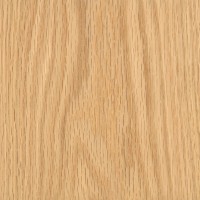
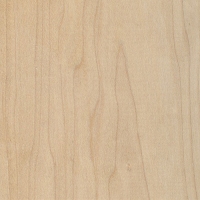
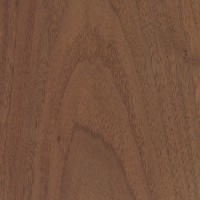
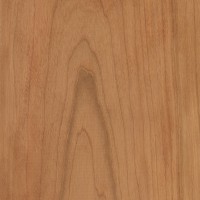
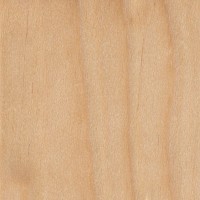
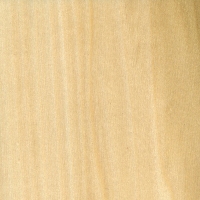
I was gifted this carved wooden bird. Can you give me an idea of what it’s made of?
A wing pic
Adding one more pic of the back, it shows edges of the wood.
Hi, this is probanly really tough because I only have poor images, but there is some detail thay may be revealing. Any possibility of identifying the (probable) wood on this clock?
Walnut?
Walnut seems a likely candidate.
Same questions about this table with closer look.
looks like red oak, stained with a medium colored stain
I am trying to identify the type of wood in order to cover the chemical burn mark on the table and select the right colored varnish. Any ideas?
Here’s another look at the leg of the end table
What type of wood is this? It came off a 10-15year old end table. Trying to repurpose this wood but need to know what I’m working with to buy more material. Thanks!
Please help me identify this wood from a mid-century modern table. Thank you!
Table top of table that has been in my family 40 plus years. I’m thinking hardwood maple?
Maple is a reasonable guess. It’d be hard to say for sure without a much closer look at the grain, especially the endgrain.
Here is another photo regarding my question about the hickory wood.
Eric,
I purchased what was supposed to be all hickory. Is this wood all hickory or is some of it quarter-sawn? Or possibly two different species of wood? It is all super hard but takes stain differently. Thank you for any help.
One looks like hickory, but the other looks like beech to me.
I’m stripping paint from this 1800s farmhouse floor. Any guess on what kind of wood I’m dealing with here? East Central Indiana if that helps narrow species. The house was either built in 1850 or 1886, we have conflicting records.
Can anyone help narrow down the type of wood this might be?
It’s hardwood used for a dresser / hutch. This is one piece of a bedroom set consisting of headboard, footboard frame, nightstand and large dresser.
Wondering if anyone can help me identify the type wood this butcher block table is?
I can’t tell from that distance, sorry.
Can someone please identify the wood for me, it is a large bookcase and heavy, thanks!
Can you get another shot that’s closer to the grain (and possibly using flash)? I can’t make out hardly any detail.
Can anybody help me ID this wood? Much obliged.
Can anybody help me ID this piece of wood?
Looks like acacia wood to me.
Would like to identify the wood veneer on this antique dresser. Thanks for your help!
What would be the best wood to use for beams in a home?
Generally homes, at least in the US are made from douglas fir, which is not a hardwood, and therefore not on this list, primarily because it is abundant, lightweight and most importantly, cheap.
This is the epoxy side
Possibly some sort of Australian burl? If you’ve just finished one side, I’d recommend at least sealing the opposite side to prevent warpage.
Does anyone have a clue what kind of wood this is?
Can anyone help me identify this wood. It’s the leg of a chair that appears to be Scandinavian or mid-century modern
If I had to make a single guess, solely based on the rays, I’d say beech.
Can someone help me identify this Wood? It’s from a late 1800 to early 1900’s barn. I just bought the property and it has a fallen barn. I tho k it may be worth salvaging but I don’t know. Any help would be appreciated.
Another picture of the barn beam.
The looks to be Douglas fir, that’s a nice quarter sawn piece! Let me know if you need a hand disposing of any of that, it makes fine acoustic guitar braces.
Looks like an old growth softwood; probably worth salvaging. Wood scent can be very helpful with softwoods, otherwise, there is this article on softwood ID: https://www.wood-database.com/wood-articles/softwood-anatomy/
Looking for wood identification on this piece, it’s 3.5″x11″x39.5″ and weighs out to 67.5 lbs/ c.f. I have another piece that’s 11′ long and can’t pick it up and I know it’s not wet cause it’s been in my heated garage for 2 years. I live in Valdez Alaska and I think this type of wood was used on the shipping docks at the oil terminal for the aleyeska pipeline…
Do you think this came off the dock face? I’ve worked on some of the docks there inValdez. Marine designers often used hard durable woods that could take the pounding when landing a large ship. Now we use plastic as its more consistent, more durable and less expensive. Definitely not as pretty. Depending upon which dock and when it was originally built it could be one of the high density Brazilian woods (I am not an expert on identifying wood). We have used iron wood, ipe and other beautiful woods That seem tough toget now.
Like so many before me, I have come to the mecca of all things wood for help identifying the wood used in this antique settee. I sanded several (hopefully) unobtrusive spots underneath. In particular, I sanded the bottom of the legs, each of which has a hole drilled for a caster (I presume). I had trouble removing all the stain on the leg bottoms, so I hope that’s not an impediment to identification. I did get down to bare wood on a facing plank, and found a couple places where the stain was missing–one is where there is a crack… Read more »
Hard to tell with the stain, at best I can say that some of the areas are reminiscent of mahogany. If you would deign to finely sand through the finish on one of the leg bottoms to raw wood and post a closeup picture, that would help shed more light.
I can deign! I can deign! I used the sandpaper I could find around the house, which was 220 and 300-something grit. There might be something courser in a box I haven’t explored, so will keep poking around (or make a trip to the store …).
Thank you!
Well, I have done my meager best to shed light on this wood, but I don’t know how well I succeeded. I used some pretty rough grit sandpaper I rummaged around and found, and maybe I needed to apply more elbow grease, but these two photos represent my best effort to get down to brass tacks, or bare wood as the case may be. For fear of creating a peg-legged settee, I stopped my sanding and snapped some pics. The best macro magnification I could achieve was 5x normal, as noted on the one photo. I know you are not… Read more »
Interested in your collective expertise. This came from the floor boards of a barn near Syracuse, NY, judging from the barn, maybe early 20th century.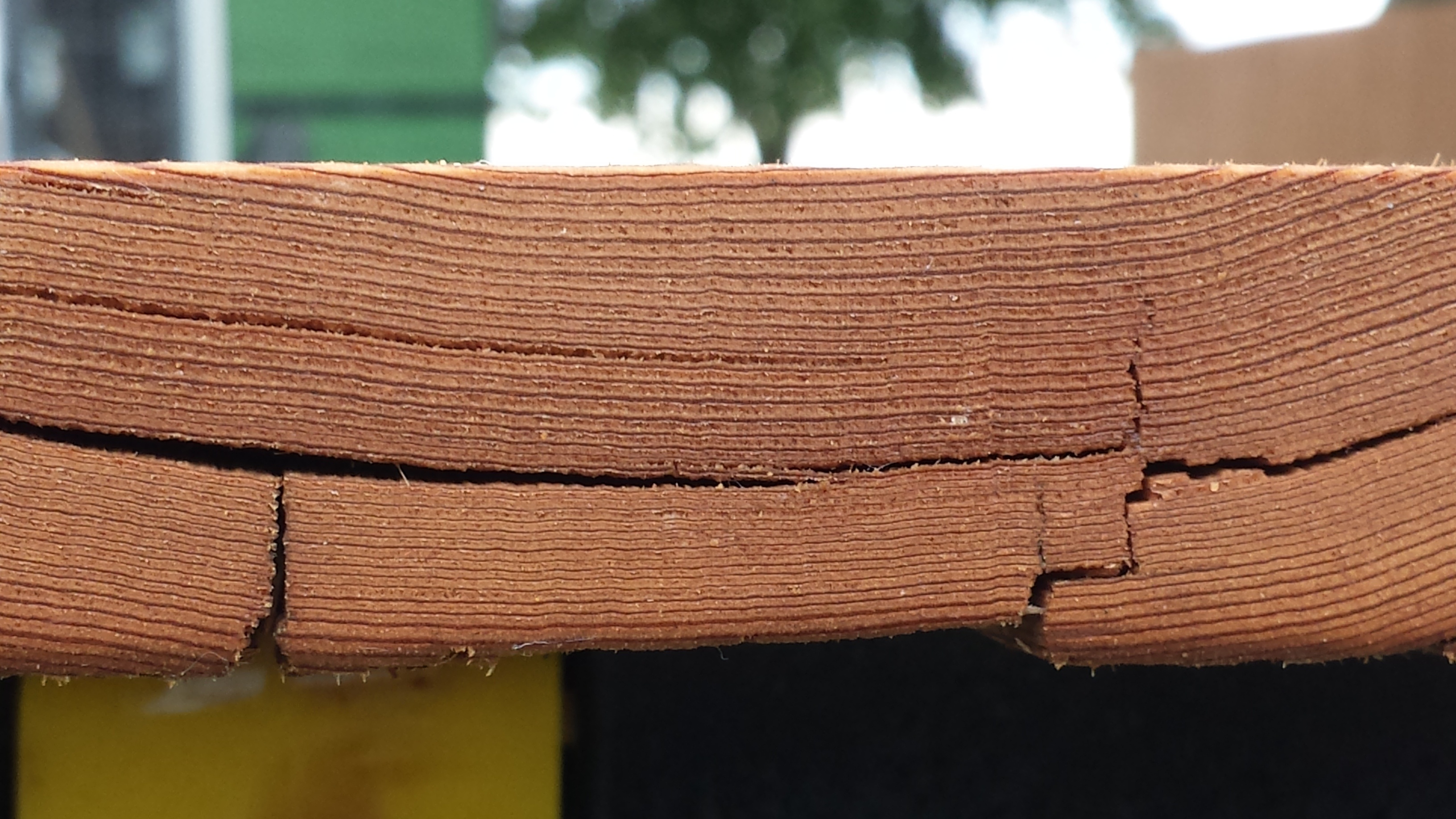 https://uploads.disquscdn.com/images
https://uploads.disquscdn.com/images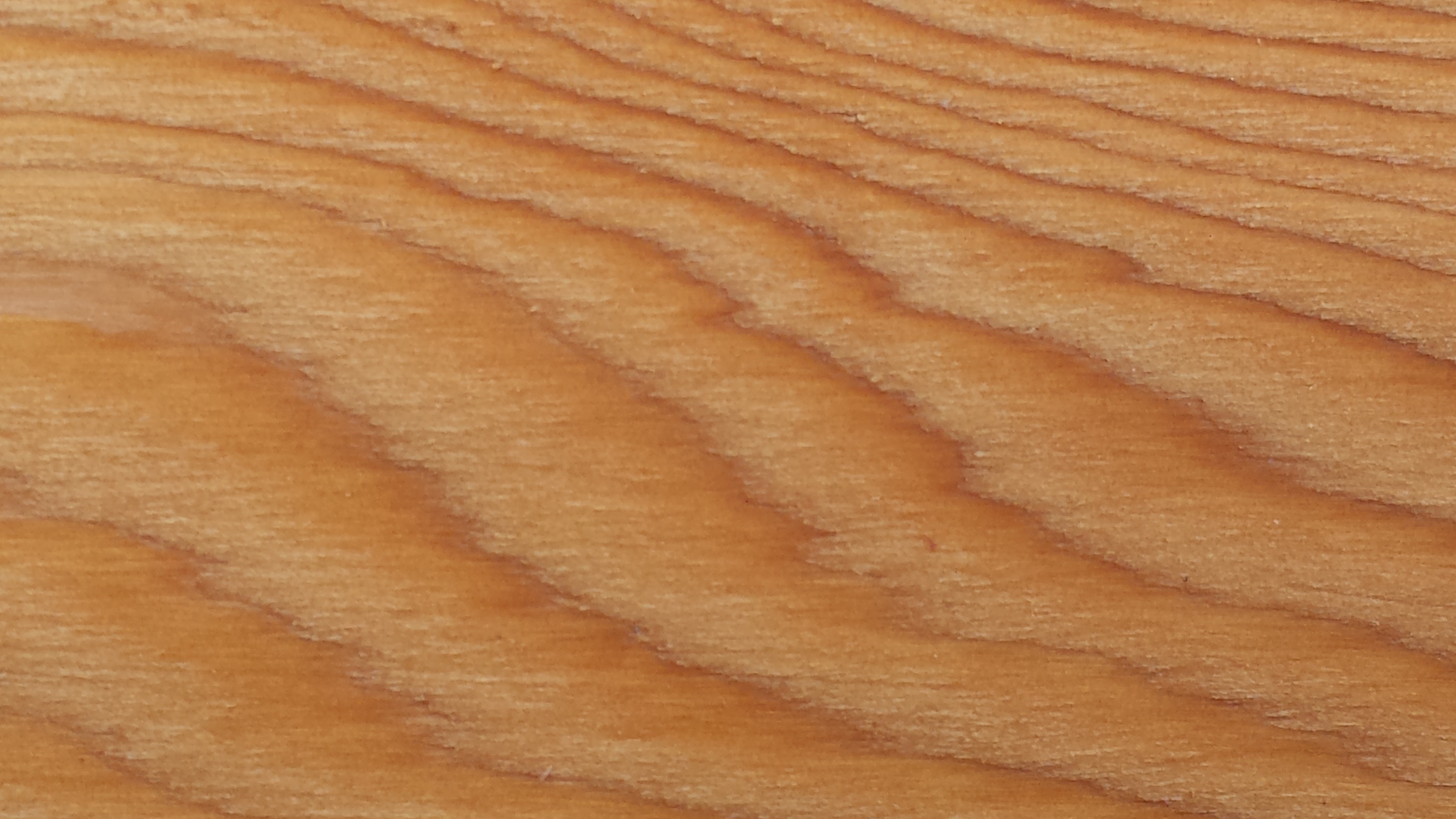 /df13a4cec66db1e6a5357ec6e0705b69aa6820541bde52a53afc3be434dd9abe.jpg
/df13a4cec66db1e6a5357ec6e0705b69aa6820541bde52a53afc3be434dd9abe.jpg
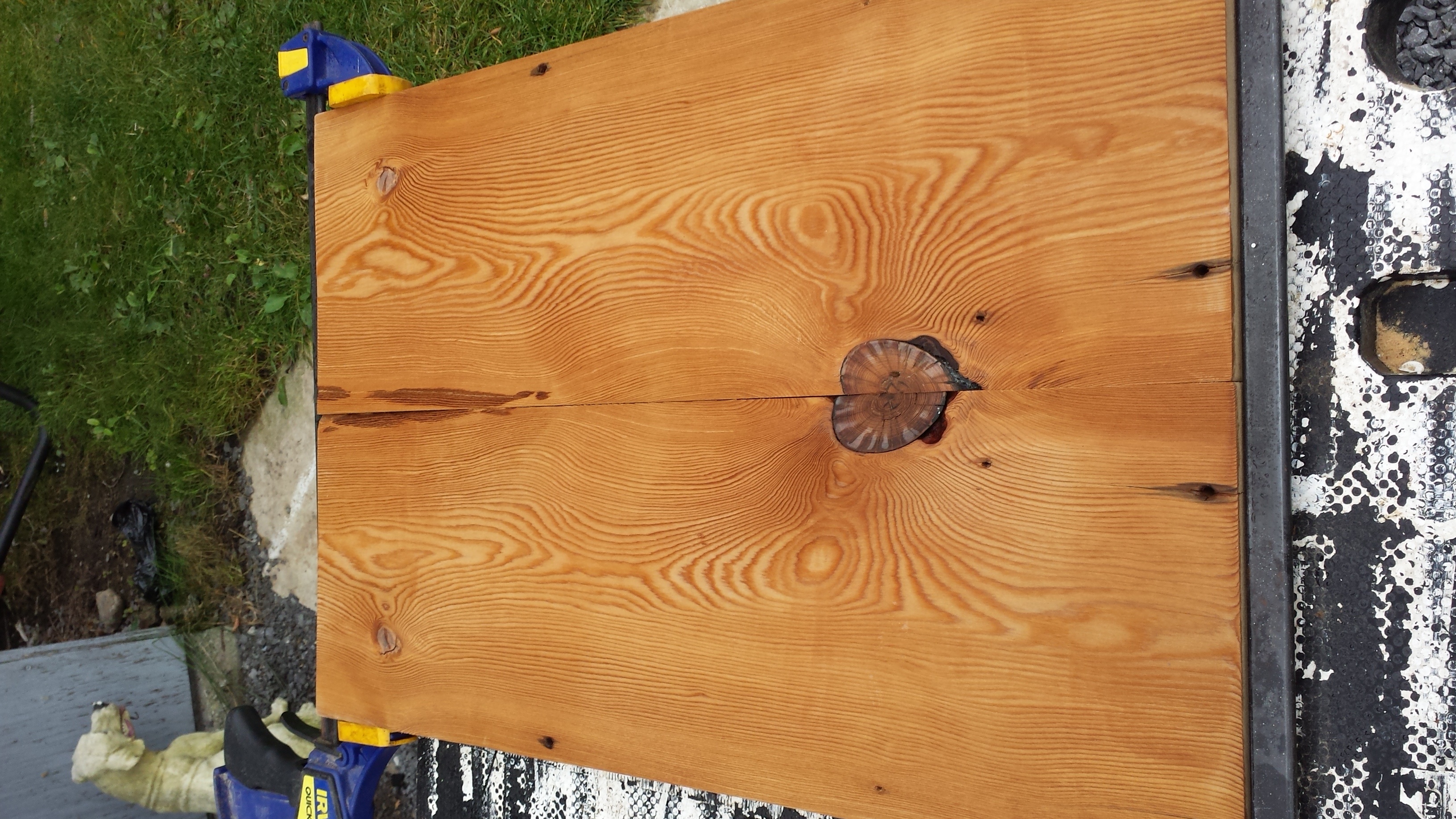
Possibly douglas fir or some type of larch? Would need to get a finely sanded view of the endgrain in order to check for resin canals to get a better idea.
https://uploads.disquscdn.com/images/ffef289b66eb221d56d9167577839a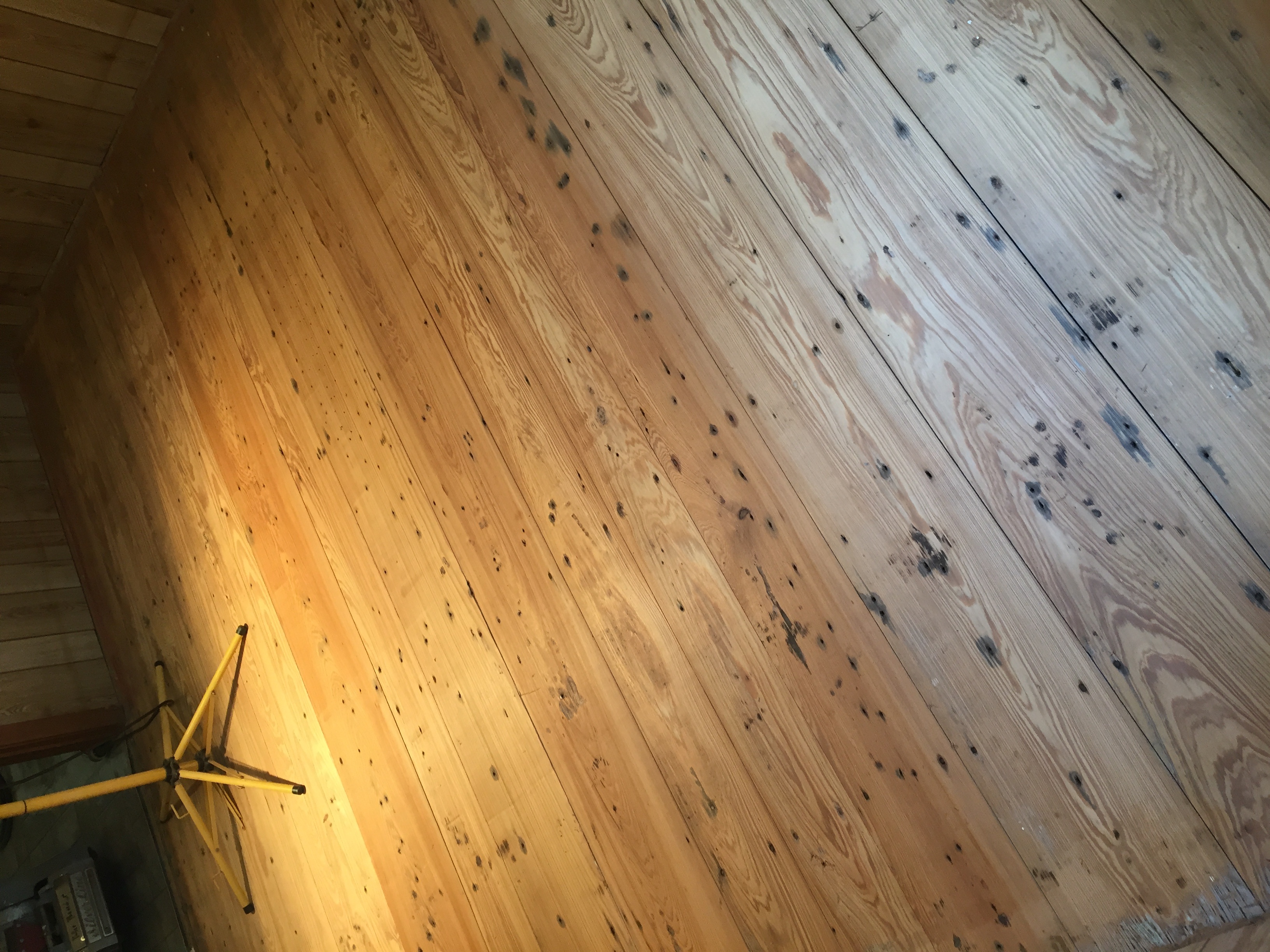 76d825b0e905178a75904cbabdd5b6a8e3.jpg
76d825b0e905178a75904cbabdd5b6a8e3.jpg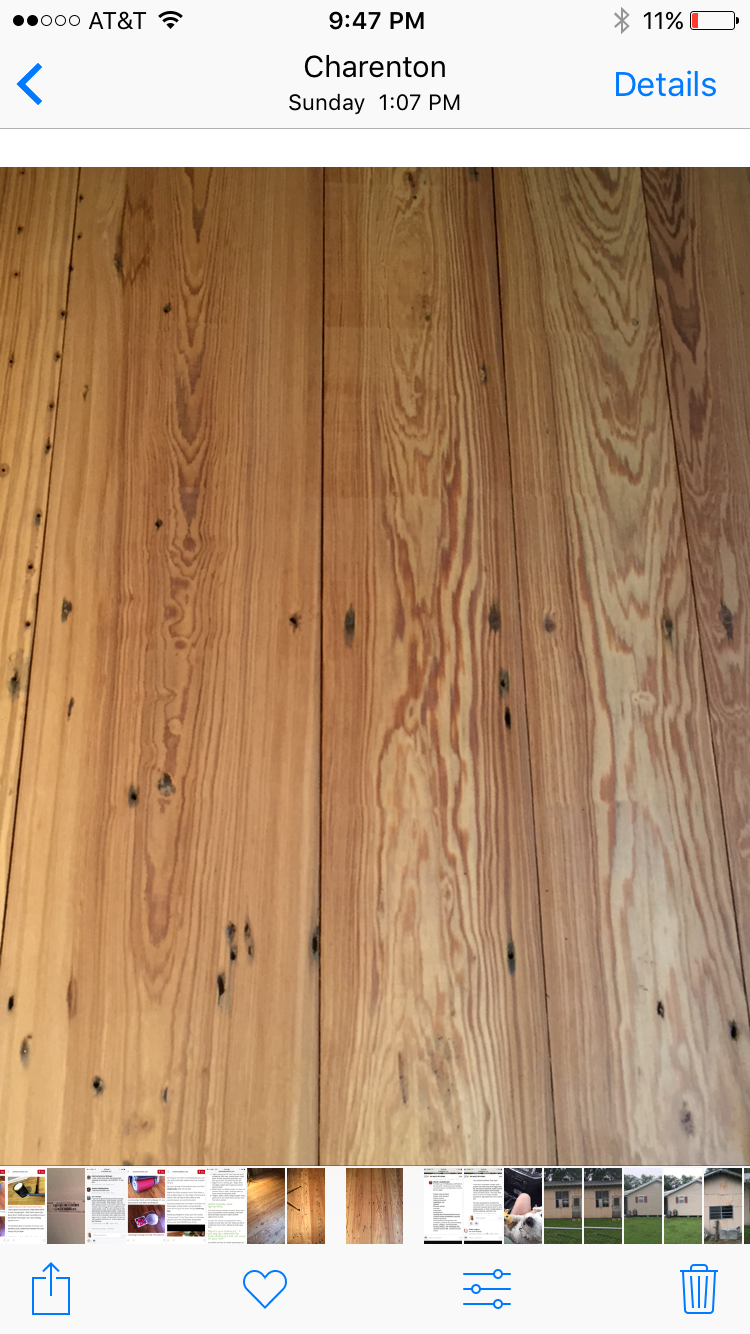 Would anyone possibly be able to help identify the type of wood these floors located in south Louisiana are made of? Possibly pine or cypress?
Would anyone possibly be able to help identify the type of wood these floors located in south Louisiana are made of? Possibly pine or cypress?
Am I the only one looking for No.6 in this list?
Lol, good catch. Apparently it’s been missing number 6 for nearly four years, and nobody’s noticed. It should be fixed now.
What kind of wood do you guys think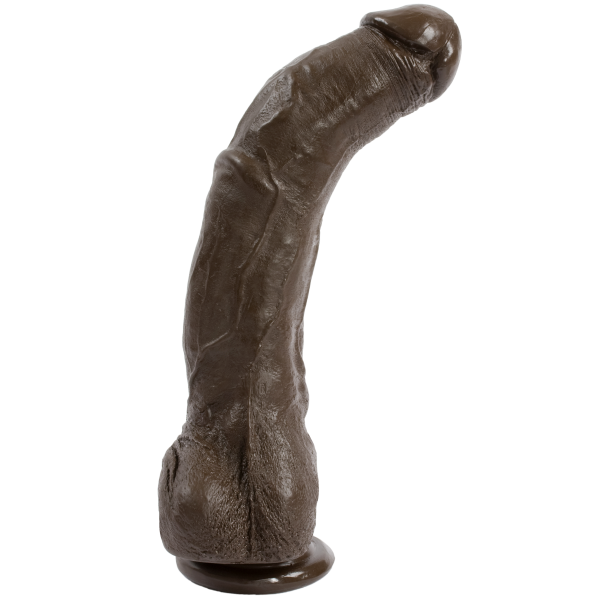 this is?
this is?
What about chestnut? Lot of old doors made of it. Aside from bug marks, I’d love to see the distinguishing characteristics.
Found this under layers of vinyl flooring . . . probably put in when the house was built in the 1920s in Southern California area. Any ideas? I’m trying to decide if it is worth refinishing. Thanks for any help!
That looks like an old growth softwood, possibly Douglas Fir or Larch.
Can you get a closer shot? I can’t quite make out much detail from that distance.
Hi, I bought a low back windsor / barrel back on craigslist that is marked made in yugoslavia and 77-7. I would like id the wood and find out if it is ok to refinish them. Thank you for your help!
I work with branches and twigs in making artwork. Since I get these from tree trimmers and others I have no idea what the original tree looked like. Is there any guide that identifies wood by the outer bark and periderm?
Hello, I’ve just bought this table. Could anyone help me identify this wood? The table is pretty heavy
i want to make wooden chicken coop,but i don’t know what kind of wood is most economical and anti-blue.
Hi. I bought this table and chair at a yard sale a few weeks ago. They both look like Duncan Phyfe (or “in the style of”). The top of the table was already sanded. I want to refinish that and possibly the chair. Any idea what type of wood this is?
Can you get a closer shot, especially of the table top (in a bare, sanded spot). I can’t tell from that distance.
Here is a close up of the table top. Hope this helps.
Looks like mahogany, or, at the very least, a mahogany-like wood.
Thank you so much for your help. Do you think the chair might be mahogany as well?
Sorry, I can’t tell for sure from the current picture.
Hi guys. We are trying to identify our wood floors. We suspect a common grade American Cherry because they dent very easily, and look like the right color/grain. However, upon removing some existing cabinets in our kitchen, the floors under the cabinets were almost exactly the same color as the rest of the floor (we guessed they would be lighter since American cherry is photo-sensitive – Can be seen in last photo attached). I’ve attached a few photos below (pardon the dog, it happens that all the “floor” photos on my phone also have my dog in them…). We would… Read more »
I agree they look like Black Cherry floorboards. Actually, it seems odd that the flooring under the cabinets of ANY wood would still remain the same color, so I’m not sure what to say. The color looks pretty close to natural, so I don’t think a stain was used. Chances are it will take a while for any new cherry to settle in and match the older stuff regardless.
Sounds good – thanks for the insight! Yes, it is bizarre that the flooring under all cabinets we’ve removed is the same color.
Maybe someone (everyone?? :) ) can help me id this wood. No real identifiable smell, ‘stringy’, and heavy – it may still be wet. It’s supposed to be a “hardwood” but that’s also in question. My guesses are elm, hickory, or maybe a poplar / cottonwood -but I haven’t seen face grain like that in poplar.
Thanks.
From the endgrain, it looks like it could possibly be Honey Locust. Maybe try to get an endgrain shot in better focus and the details will be easier to make out.
Crappy pictures from my old phone. Here’s the bark and end grain taken with my wifes fancy new phone. I didn’t think about Locust. Thanks for the help.
The endgrain is not quite sanded finely enough to make out all the details, but (guessing through the fuzziness) if that’s latewood pore clusters I see, it’s almost certainly Coffeetree, as it’s one of the very few with clustered pores. Otherwise there’s still a chance it could be Honey Locust, or even Ash. Do you have a more zoomed out shot of the bark?
I NEED HELP!! I LOVE THIS CHEST BUT SHE WANTS $75.00. I WANT TO MAKE SURE ITS GOOD SOLID WOOD. *ALSO, WEBLIVE IN GALVESTON TX. HUMIDITY IS EXTREME. THANK YOY-ANGELA
I’m hoping its cedar?? Please let me know your opinion. I have to buy it today. God bless!
It doesn’t look like cedar, but there’s a possibility it could be. When cedar is used, the inside is typically left unfinished, otherwise the finish inhibits and seals in the odor of the wood. It looks like pine that’s been stained and sealed inside and out. Hard to tell the quality and condition of the piece, but if its used $75 seems a bit high to me, but that’s just my opinion.
Thank you so much,ejmeier!! U made my day , knowing I made the right choose even though I wanted it n it looks nice. I told her I would pass. She couldn’t give me any info on the piece anyhow. Thanks again and God bless u!
Does anyone know what type of wood this furniture is? I am thinking about purchasing and refinishing, but don’t know if it is worth the buy.
I’d guess either maple or birch, though there’s a chance it could be a softwood.
Can anyone identify this wood? It is a ladderback chair made in NC in mid 1800’s. Thank you
The grain certainly looks like oak, minus the rays. If you can’t see any visible ray fleck anywhere on the piece, that would suggest ash. (The wood also appears to be stained.)
Heartwood of most softwoods can be reddish, though a lot of plantation species sold for construction today may not even have much heartwood present. Old growth would make it a little tougher to match up because the growth rings will be closer together, and with less knots. But overall wood should be acceptably similar in appearance. If you’re fairly sure that it came from North America, then softwood ID shouldn’t be too tough—though old growth woods can sometimes defy modern descriptions. The main questions in your case are: do you see resin canals, and is there a noticeable scent? That… Read more »
Definitely a softwood. Have you read the article on softwood anatomy? https://www.wood-database.com/wood-articles/softwood-anatomy/
If you think you have it narrowed down to hemlock or fir (both lack resin canals and have no noticeable scent), then that should be close enough. Even the “professionals” have a hard time distinguishing between these two woods. And for appearance matching, you’ll be fine either way.
Mike,
I’m not understanding these two pictures — they appear to be from two completely different pieces.
The top one (headboard) appears to be, at the very least, an attempt at walnut. It may be walnut burl veneer, or some other type of veneer stained to match the color of walnut.
The lower picture may be a series of edge-glued softwood boards, possibly pine.
Does anyone know what kind of tree this is from?
Looks like pine
I have 1948 kitchen cabinets, painted. I have sanded a section of one and am considering doing the entire kitchen in natural wood, but I would like to know what kind of wood it is before I commit to such a big job.
Post some pictures and we can try to ID the wood…
Can you tell me what kind of wood this is, someone please? I don’t have a close up shot of this. This is all I have. Seller can not tell me the wood species only that top is solid wood and it is an antique. Thank you.
Hickory should be added to the list perhaps?